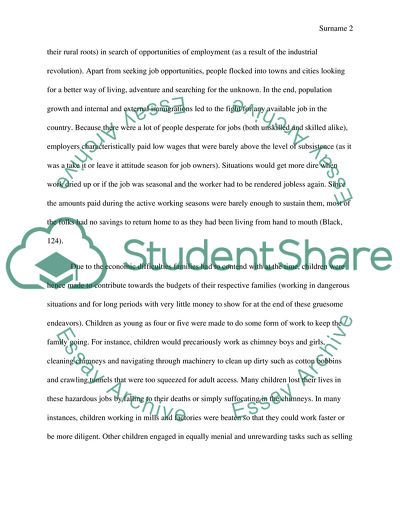Cite this document
(Poverty in the Victorian Era Essay Example | Topics and Well Written Essays - 1750 words, n.d.)
Poverty in the Victorian Era Essay Example | Topics and Well Written Essays - 1750 words. https://studentshare.org/history/1863355-poverty-in-the-victorian-era
Poverty in the Victorian Era Essay Example | Topics and Well Written Essays - 1750 words. https://studentshare.org/history/1863355-poverty-in-the-victorian-era
(Poverty in the Victorian Era Essay Example | Topics and Well Written Essays - 1750 Words)
Poverty in the Victorian Era Essay Example | Topics and Well Written Essays - 1750 Words. https://studentshare.org/history/1863355-poverty-in-the-victorian-era.
Poverty in the Victorian Era Essay Example | Topics and Well Written Essays - 1750 Words. https://studentshare.org/history/1863355-poverty-in-the-victorian-era.
“Poverty in the Victorian Era Essay Example | Topics and Well Written Essays - 1750 Words”. https://studentshare.org/history/1863355-poverty-in-the-victorian-era.


